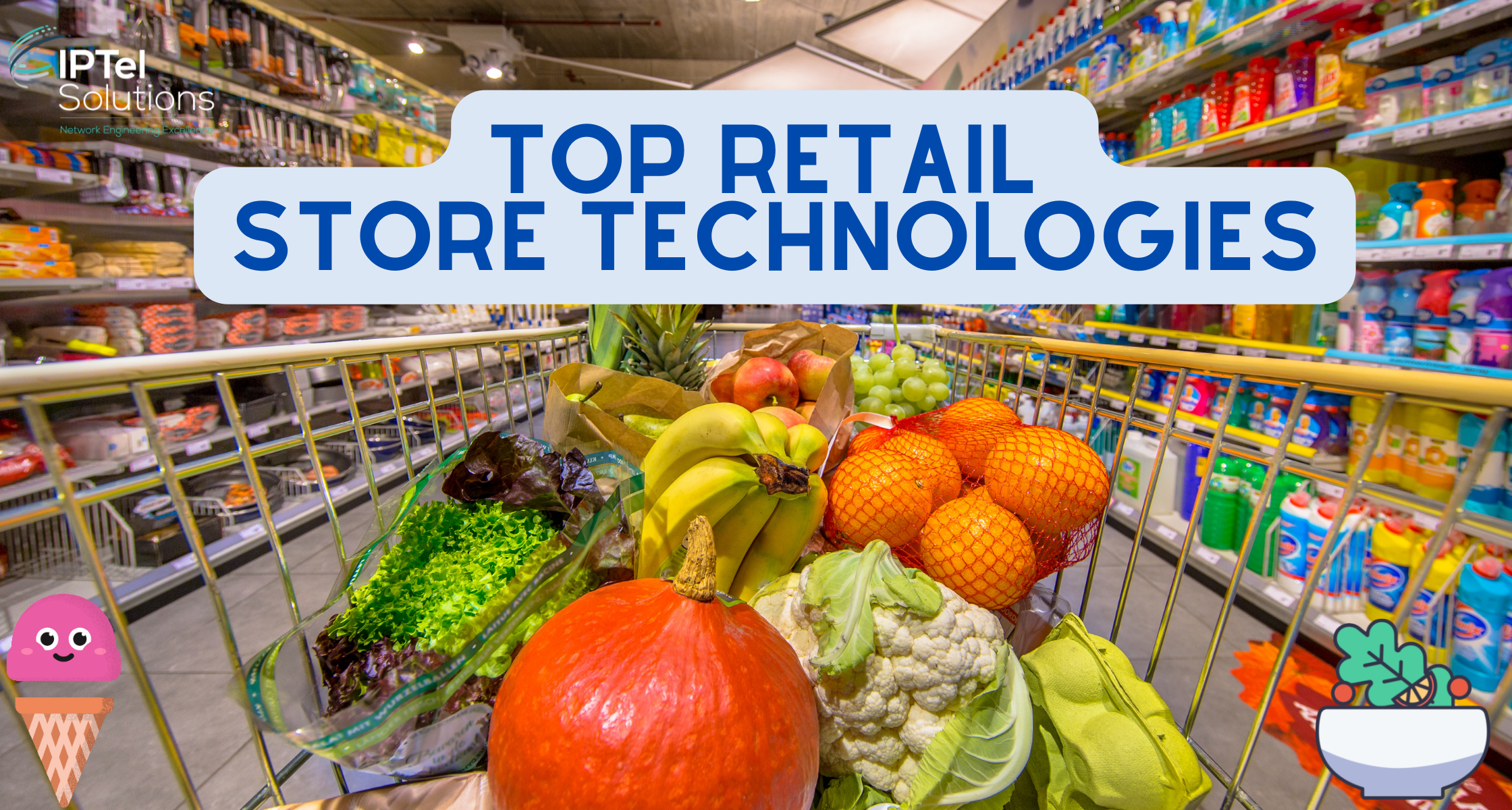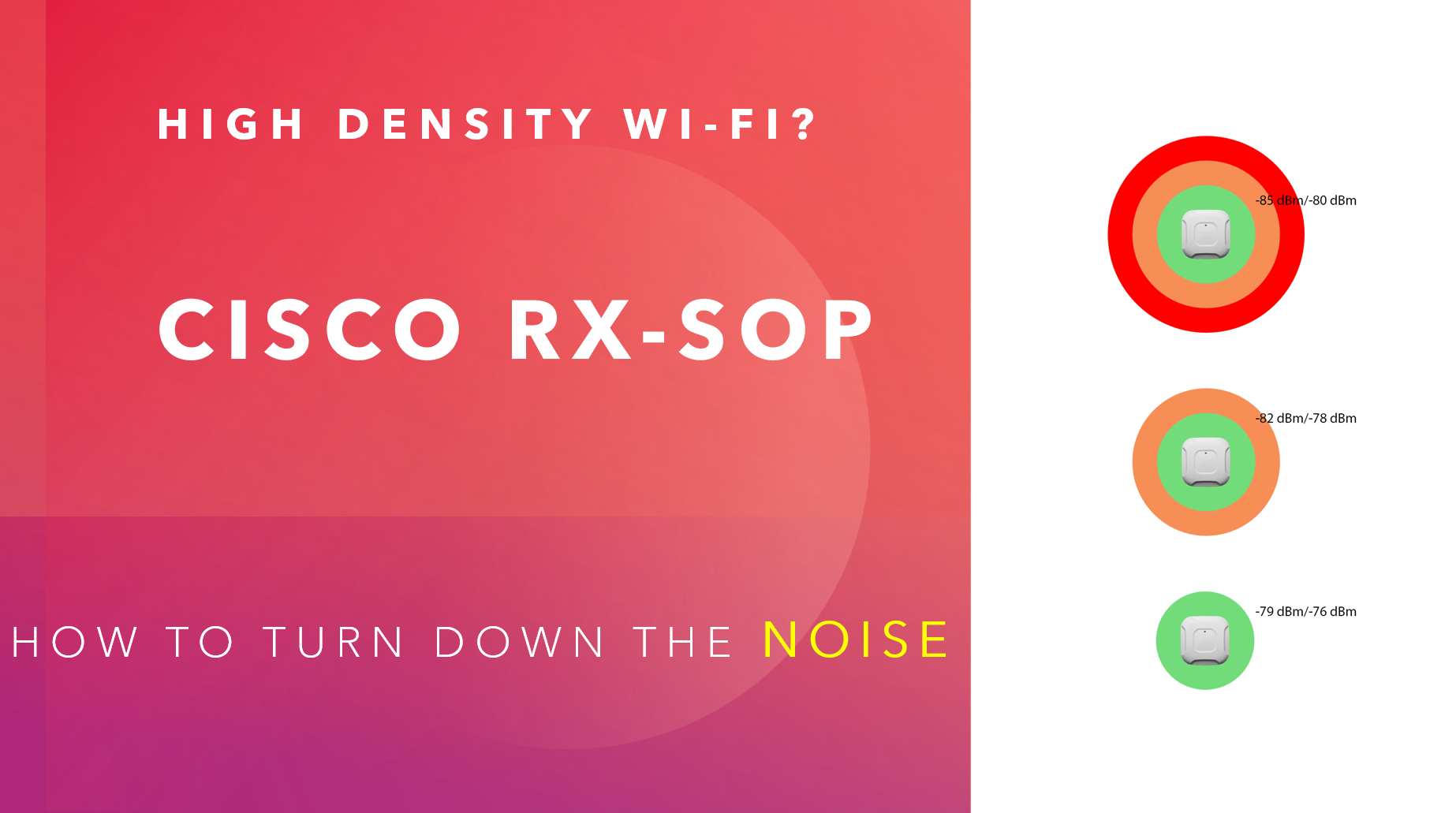Retail stores are where retailers interact with customers. It's where a lot of sales are made - and lost - and an area that retailers are keen to put a lot of effort into, to enhance the customer experience.
What technologies are retailers using to enhance the customer retail store experience? Let's take a look.
 In this blog, I'm going to take a look at a whole host of technologies that are either already in use, or are near future for your retail store. This blog is all about innovation in the retail sector.
In this blog, I'm going to take a look at a whole host of technologies that are either already in use, or are near future for your retail store. This blog is all about innovation in the retail sector.ASSOCIATED BLOGS:
1. Analytics
Analytics are all about providing insights for retailers as to what customers are doing and how they are interacting with the store and the staff within.Analytics can include:
- Density of people in Stores
- Number of return visitors
- Dwell time within the stores
- Customer walk paths
Machine learning and AI are now adding to the available analytics, to include:
- Facial recognition
- Measurement of engagement - do customers look happy while in the store
2. Click and Collect
Click and Collect and Contactless delivery are being driven by COVID and convenience.ASSOCIATED BLOGS:
3. Customer Onboarding
Onboarding customers means to bring their contact details into your store systems. This is a fundamental first part of connecting more closely with your customers - knowing who they are.4. Electronic Shelf Labelling
Electronic Shelf Labelling means that the pricing labels are networking and electronic..png?width=187&name=Electronic%20Shelf%20Labelling%20(Instagram).png) This saves the the time in updating price tags on shelves manually and enables faster specials prices to be delivered.
This saves the the time in updating price tags on shelves manually and enables faster specials prices to be delivered.5. Guest Wi-Fi
Simple options are guest Wi-Fi access, with either an app, or store specific information available over the guest access.
Guest Wi-Fi offers your customers convenience in accessing your Wi-Fi, but with many people having large data plans, uptake may be low unless you make it very easy to connect. No extensive forms for logging in!
Guest Wi-Fi could also be used by staff, for access in lunch breaks, or if there is online training.6. IoT Sensors
IoT (Internet of Things) uses IoT sensors to monitor things like product temperatures, stock levels, spill identification and is becoming more widespread.The ability to remotely measure and monitor a wide range of things is appealing - especially for supermarkets with a wide array of fridges, freezers and air conditioning units.
7. Mobility
Mobility is a key part of this, discussed in the Wireless section below.
Customer engagement is also about convenience and quick access to staff, stock inventory and locations, as well as the store visit being an experience are important.
In many stores, staff are not using technology. A small hand held smartphone can be used for Wi-Fi calling within store and to check on stock and take your order. This means that a salesperson can attend to a customers needs anywhere in the store and they need to drag a customer back to the till to check on pricing and inventory.
Voice over IP is common on a lot of bar code scanners, which offers some additional value for staff carrying those devices.
8. OpenRoaming
A better option for Guest Wi-Fi is OpenRoaming.
This is a federated model where customers sign up once .png?width=188&name=OpenRoaming%20(Instagram).png) and then connect automatically thereafter.
and then connect automatically thereafter.
This is great - customers will always have access with no hassle - and can roam to anyone else connected to the OpenRoaming federation (which is an expanding number of organisations).
For the retailer, it means your customers connect every time they are in store, because it's automatic.
9. QR Codes and Automated Pricing
We're all well used to QR codes now, so interactive stock labelling, with QR codes, and automated pricing specials add convenience for customers. This allows customers to quickly look up more information on a product and replicate the online research experience.
Automated stock pricing means that there's a lot less labour in keeping items priced competitively and the retailer can response much more quickly to market conditions - and not lose out to a cheaper rival.
Top Retail Store Technologies: Summary
In this blog, I've tried to detail a range of technologies that will impact the customer and staff experience alike. Both are critical in ensuring smooth operation of a retail store.
Providing a richer experience for customers - as well as having a much quicker feedback loop on customer likes and dislikes - are key to future retail.
.png?width=181&name=Top%205%20Retail%20Technologies%20(Instagram).png) Retailers have a challenge to bring customers into their physical stores and not just shop for the cheapest online option and it's all about the experience. Equip staff with mobile devices to help look after stock, as well as assist customers anywhere in the store and there's an increase in customer satisfaction.
Retailers have a challenge to bring customers into their physical stores and not just shop for the cheapest online option and it's all about the experience. Equip staff with mobile devices to help look after stock, as well as assist customers anywhere in the store and there's an increase in customer satisfaction.
Understanding customers likes through analytics equips retailers to make the changes and improvements to better deliver for the customer.
We deliver many of the technologies discussed in this blog, feel free to drop us a line, if we can help at sales@iptel.com.au
ASSOCIATED BLOGS:
- The Top 8 Secrets to Great Retail Wi-Fi
- Industrial IoT
- Top Retail Warehouse Technologies
- Application Hosting on Catalyst APs Deployment Guide
- Introduction to Cisco DNA Spaces
- Cisco DNA Spaces Applications
- Warehouse Wi-Fi: Best Practice





.png)